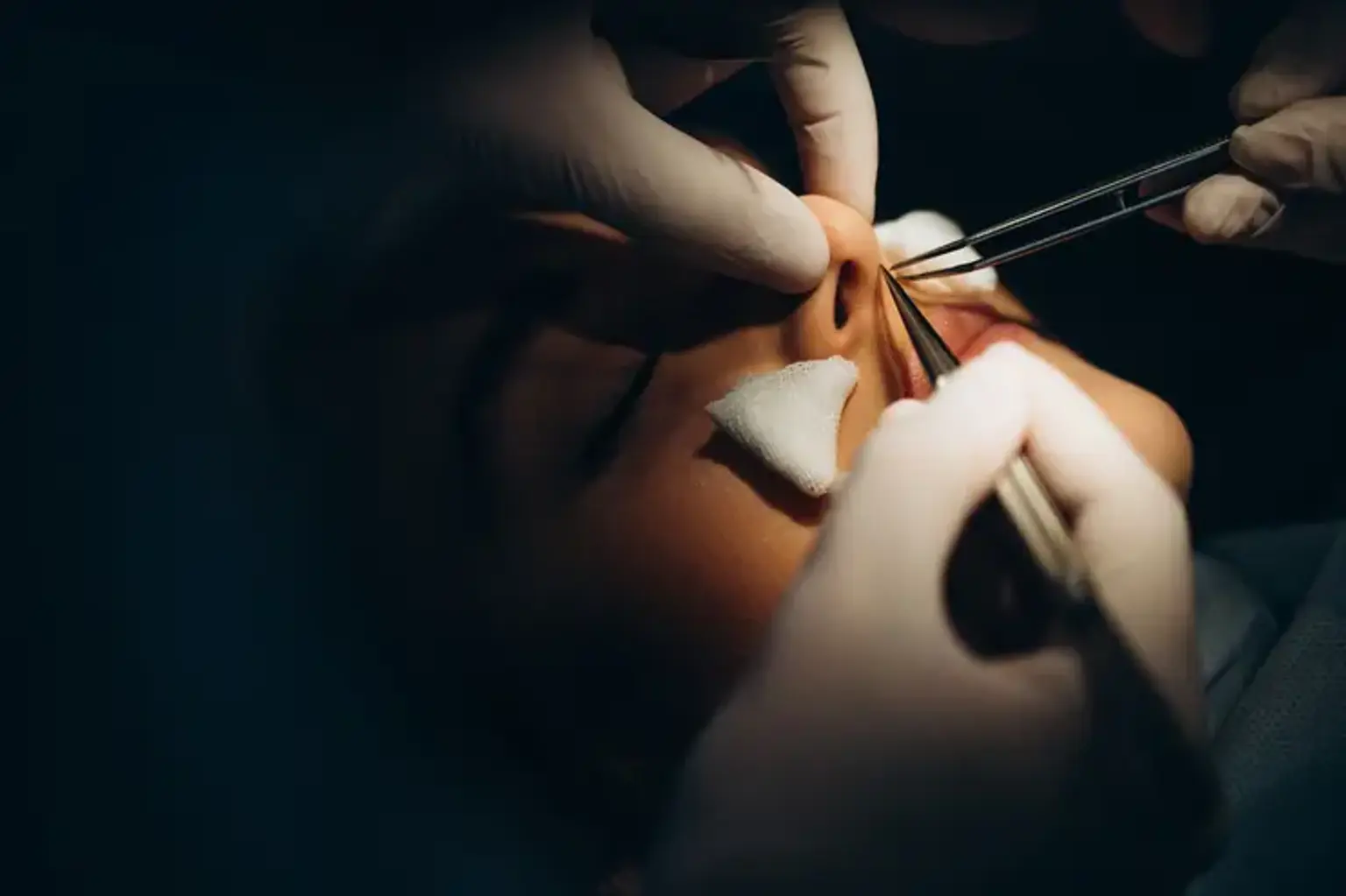Autologous costal cartilage
What is Autologous costal cartilage?
Rhinoplasty is one of the most difficult operations in plastic surgery. Long-term success is dependent on employing grafts with sufficient strength for proper support and low resorption rates. Rhinoplasty grafts can be made from autologous, homologous, or alloplastic materials. When sufficient septal cartilage is unavailable, autologous rib cartilage is used as a graft material for secondary rhinoplasty. Autologous indicates that the transplanted cells or tissues are obtained from the same person.
Many patients choose augmentation procedures such as artificial implant grafting and filler injections to achieve a taller nasal bridge and a smoothed nasal tip. If done correctly, autologous rib graft is a very flexible graft material that may be utilized to augment the nose with fewer problems.
Rhinoplasty is one of the most difficult surgeries in aesthetic surgery. The cornerstone of a successful secondary rhinoplasty is the reconstruction of the nasal osseocartilaginous (bone and cartilages) structure. Secondary surgery is often performed 12 months after the initial rhinoplasty. A correct clinical diagnosis and a detailed investigation of the nasal abnormalities and architecture are required for a successful secondary rhinoplasty.
